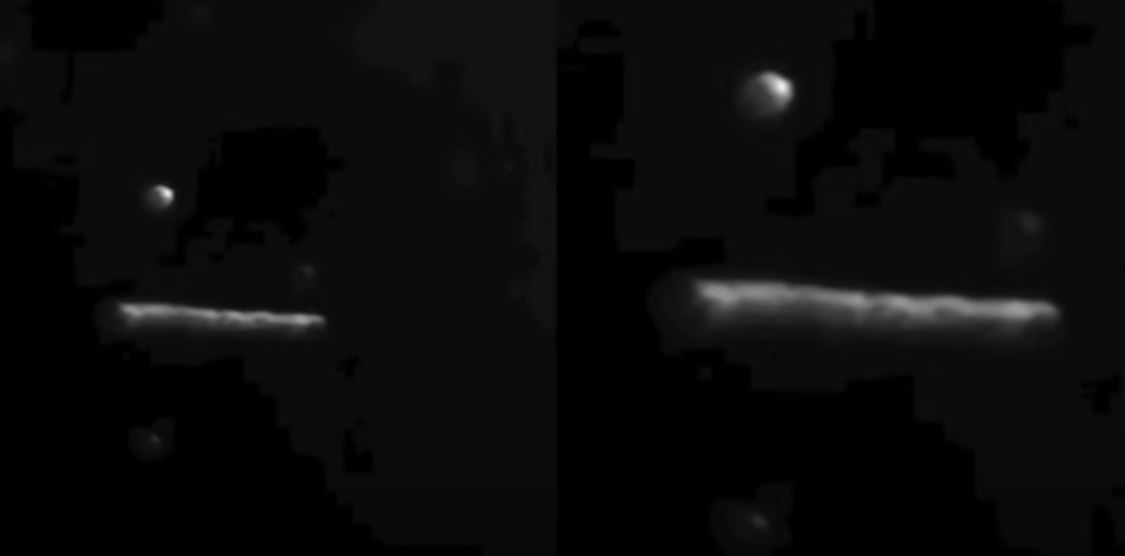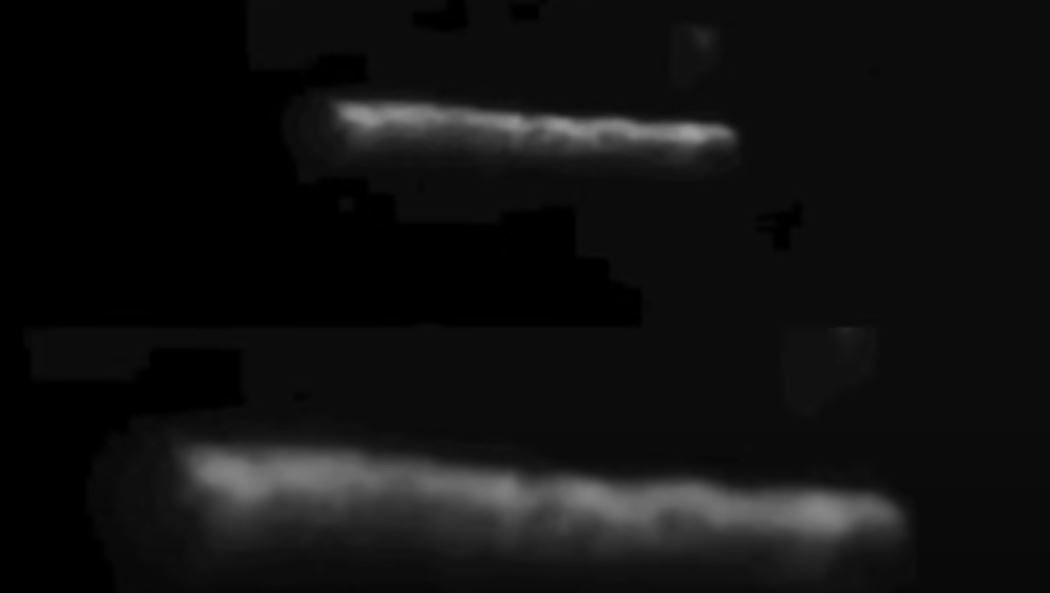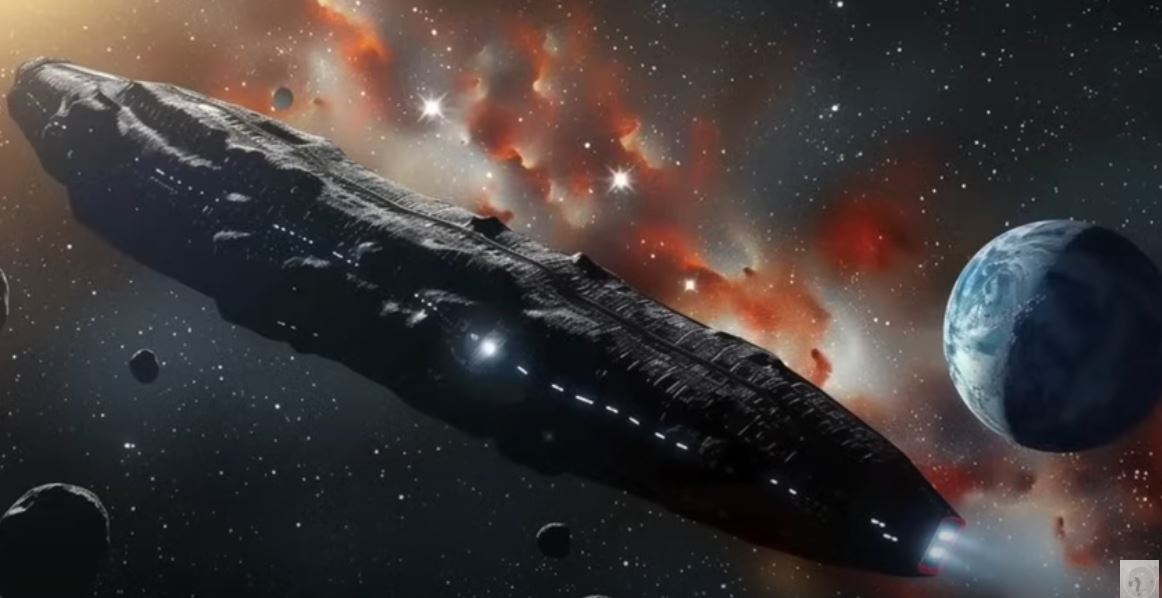**Headline: Cosmic Mystery Unveiled: Massive Cylinder Near Orion Nebula Sparks Alien Speculation**

In a stunning revelation that has sent shockwaves through the astronomical community, an amateur astronomer has captured a photograph of a massive, cylinder-shaped object lurking near the Orion Nebula—an anomaly that has ignited fervent speculation about its origin and purpose. This unexpected discovery has triggered Earth’s cosmic defense system, raising questions about the nature of the universe and the possibility of extraterrestrial life.
The photograph, taken by an avid stargazer peering through a telescope, reveals a colossal cylinder stretching across the celestial expanse, seemingly defying explanation. The Orion Nebula, renowned as a stellar nursery, has long been a site of fascination for astronomers, but this latest finding adds a new layer of intrigue. It’s not the first time this object has been spotted in the area, prompting a flurry of theories ranging from natural phenomena to advanced alien technology.

Some experts speculate that the object could be a cosmic dust cloud or interstellar debris, shaped by the gravitational forces and stellar winds over millions of years. However, the symmetrical shape and unusual characteristics of the cylinder have led others to propose more sensational theories: Could it be an artificial structure, perhaps an alien megastructure or a space station built by an advanced civilization? The thought of extraterrestrial engineering has captivated imaginations worldwide, as researchers scramble to gather more data to decode this cosmic enigma.
As the photograph circulated on social media and within scientific circles, enthusiasts and skeptics alike began to weigh in. Some users suggested that the cylinder bears a striking resemblance to the cylinder-shaped UFOs reported on Earth, leading to tantalizing theories connecting these sightings across space and time. Descriptions of similar UFOs—elongated, metallic, and devoid of visible propulsion—have emerged from various cultures, adding a layer of mystique to the current discovery.

The implications of this sighting are profound. If this object is indeed a probe sent by an advanced civilization, it raises questions about humanity’s place in the cosmos. Are we being monitored by extraterrestrial beings? Are these probes part of a larger reconnaissance mission to explore our planet and its inhabitants? The excitement surrounding the possibility of alien contact has reignited discussions about the search for extraterrestrial intelligence, propelling researchers to reevaluate their methodologies and assumptions.

While skeptics caution against jumping to conclusions, the idea that this massive cylinder might be an advanced probe is not without merit. Theoretical frameworks suggest that such probes could utilize cutting-edge propulsion systems and artificial intelligence, allowing them to traverse vast interstellar distances and gather data on distant worlds. The potential for self-replicating spacecraft capable of exploring multiple star systems is a tantalizing concept that continues to fuel speculation about the capabilities of advanced civilizations.
Despite the fervor surrounding this discovery, the true nature and origin of the cylinder remain elusive. Current technology poses significant limitations in gathering definitive evidence, and researchers are keenly aware of the need for rigorous scientific inquiry. As they delve deeper into the mystery, the astronomical community is reminded of the vastness of the universe and the complexities that lie within it.

In the coming weeks, astronomers and scientists will undoubtedly intensify their efforts to observe and analyze this cosmic anomaly. The stakes are high, as the discovery of advanced extraterrestrial technology could redefine humanity’s understanding of its place in the universe. As we stand on the precipice of potential contact with otherworldly civilizations, the quest for knowledge and exploration continues to drive us forward.
In a world where the boundaries between science and speculation often blur, one thing is clear: the universe is full of wonders yet to be uncovered, and this massive cylinder near the Orion Nebula is just the latest chapter in humanity’s quest for cosmic understanding. As we gaze upward, the mysteries of the cosmos beckon us to explore further, to question more deeply, and to dream of what lies beyond the stars.